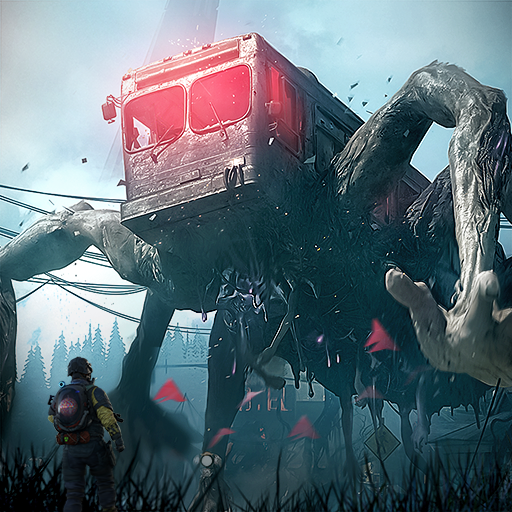Human is unexpected once. This free-to-play open-world survival crafting game streamlines popular concepts into more straightforward forms. It is a veritable word salad of genres that are now trendy. Even after spending dozens of hours on it, I am still not ready to put it down. I can not stop thinking about my next supply run, alien monster battle, or designing the elegant ensuite that would truly pull my little homestead together since it is so entertaining and strange.
There is no lack of post-apocalyptic survival games available, such as Rust, Fallout 76, 7 Days to Die, and a plethora of additional titles. However, Once Human elevates that setting to a new level of intrigue by basing the end of the world on an alien infestation rather than the tired nuclear war or zombie scenarios. Once Human employs this lighthearted strategy—which feels underutilized in the genre now—in some incredibly creative ways.
This extraterrestrial organism has the power to transform almost everything, living or dead, into a hideous monster. Although the individual shuffling and growling might appear to be a zombie, when turning around, it exposes that its head is only a bright stage light. I have battled demonic trees, giant spider-eating lightbulbs, and even a bus that developed an unlucky amount of enormous legs and began to walk down the road like the largest, weirdest, and most colorful centipede ever. I was caught off guard by those enemies, which has made Once Human exciting.
Not every weird creature is dangerous. You can employ Deviations to your advantage in combat or to help you around your base by capturing them. They resemble Pokemon of the post-alien world in many ways. One that can transform into a temporary cover when thrown, like my friend Festering Gel, is one you can bring into battle in your backpack. Some are better used at home, such as The Digby Boy, to assist with tasks like gathering ore. They are charming, practical, and completely strange—perfect for this world.
On the other side, your armory is somewhat limited, consisting of small-arms options such as a pistol, rifle, and shotgun, as well as basic melee weapons like swords and bats. When it comes to your armor and weaponry, there is at least an intriguing ownership structure in place. You can upgrade or repair the items you make, but not the frequently superior equipment you will come across in the wild. But as an ingenious way to encourage you to try things out before spending the time and money required to create your own, you may use them until they wear out and then disassemble them for the blueprints.
Though the weapons you use to fight your adversaries are conventional, the enemies themselves are anything but. From a monster with a traffic cone for a head to a huge boss shadow beast that would look right at home in God of War, you will face it all. Although the majority of fights can be won by circling about shooting while your health bars are being depleted or using your melee weapon to flail, boss fights do a good job of including special elements like the need to eliminate monster spawners to expose the boss.
Verdict
Playing Once Human is a lot of fun, with easy-to-understand survival crafting that is nevertheless challenging to master. Even though the parts do not always cooperate and snap together in the correct direction, building a house is funny. The grotesque oddity of the monsters more than makes up for the rather simplistic fighting, especially when you have a zoo of strange tiny creatures of your own to battle with. Even if the first season of Once Human might use some more imaginative objectives and a more forgiving difficulty curve, I had a great time exploring this bizarre planet, and I can not wait to go on further adventures there.

